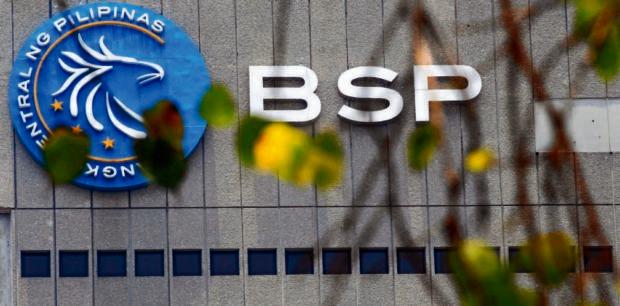‘Larger-than-expected’ BSP rate cuts on deck
The Bangko Sentral ng Pilipinas (BSP) is one of the central banks in Asia that could unleash larger-than-expected rate cuts, with the projected decline in prices expected to allow a bigger easing of monetary policy, Nomura said.
In a report, the Japanese investment bank said there was a chance that the BSP would slash its key rate by a total of 250 basis points (bps) between the third quarter of this year and the second quarter of 2025.
Such a forecast emerged after Nomura updated its Modified Taylor rule (MTR) estimates. The Bank said it used the MTR—named after macroeconomist John Taylor—for Asian monetary policy by exploring various themes, including a closer examination of the changes, the rationale behind them and the best representative reaction functions today.
As it is, the updated MTR estimate for the BSP was more aggressive than Nomura’s baseline forecast of 150-bp cumulative cuts by the second quarter of next year, with the first easing projected only in October.
Nomura explained that the updated MTR suggested that financial conditions in the Philippines would remain tight if the baseline scenario is to happen. At the same time, the Bank said the lower tariff on rice would likely give the BSP more reason to embark on a forceful easing cycle.
Policy easing
Nomura said that “risks are skewed toward more policy easing” in the Philippines, similar to Thailand, which is facing a negative output gap and below-target inflation. Meanwhile, the updated MTR estimate for India pointed to fewer rate cuts due to softer consumption and private investments there.
“The MTR suggests this [baseline case for BSP] would leave policy rates in restrictive territory, given an imminent fall in inflation to below the midpoint of the 2 to 4 percent target range, partly aided by lower rice prices,” Nomura said.
“The global backdrop has also become more conducive, with US core inflation softening in June and setting the stage for the [US Federal Reserve] to cut policy rates twice this year, in September and December,” it added.
At its last policy meeting in late June, the Monetary Board (MB) kept the key rate unchanged at 6.5 percent, the tightest in over 17 years.
For that reason, BSP Governor Eli Remolona Jr. said it is now “somewhat more likely” that the MB would cut the policy rate by a total of 50 basis points (bps) this year—with the first 25-bp cut possibly in August and ahead of the Fed.
Latest data showed inflation eased to 3.7 percent in June from 3.9 percent in May, snapping four straight months of ascent mainly due to lower costs of electricity and transportation.
While the softer price growth last month reassured the BSP, Remolona said there still a “50-50” chance of inflation overshooting the 2 to 4 percent target band in July due to distortions from base effects—a scenario that, he explained, was already taken into account when he gave clearer signals of easing. INQ

